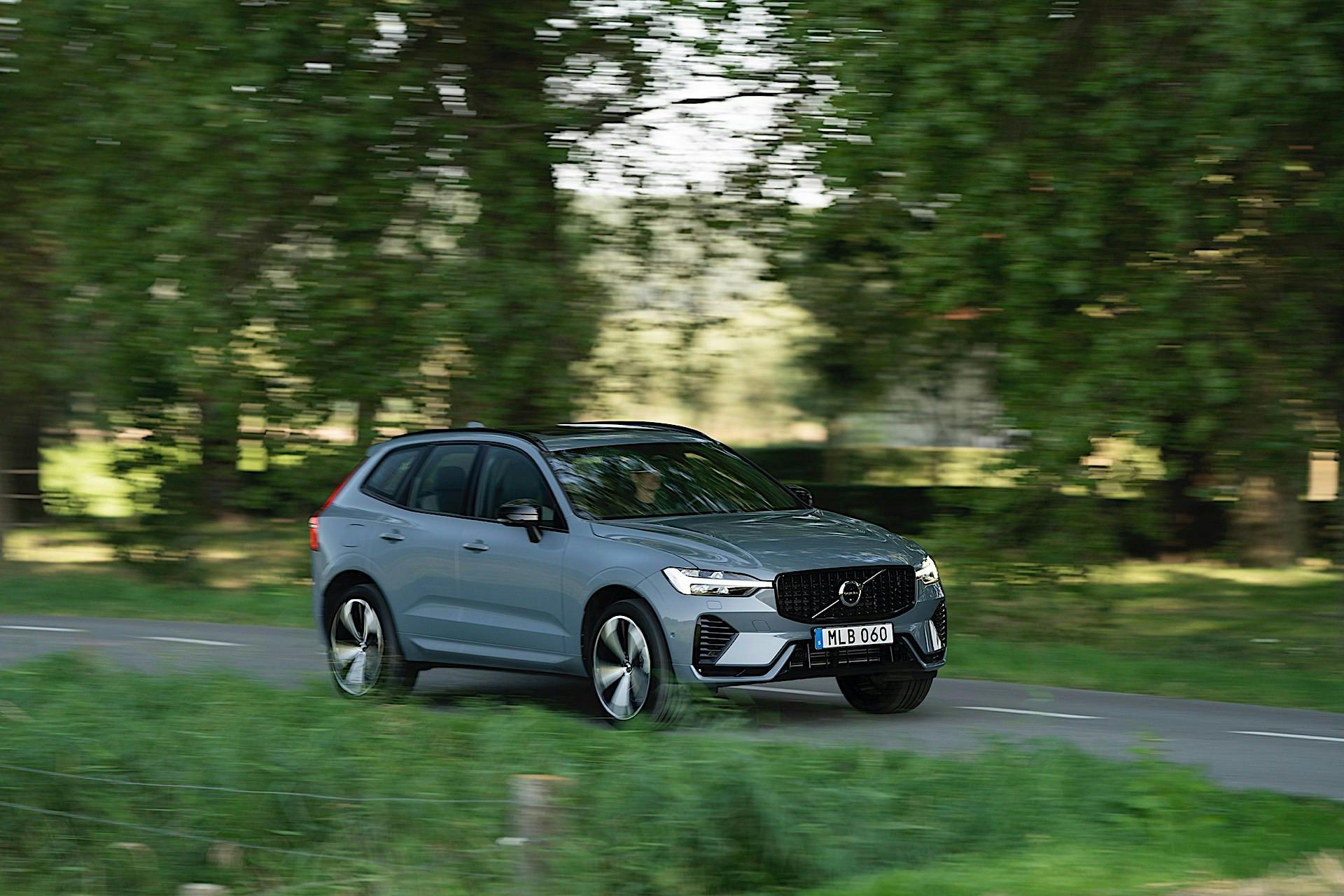Volvo Car Group, which consists of Volvo and Polestar, is among the most vocal proponents of battery-electric vehicles. Both brands will be ahead of the curve because they’re already creating partnerships and investing heavily in electrification. Polestar in particular is now fully electric since the Polestar 1, its limited-edition 619-hp plug-in hybrid coupe, ended production last year after reaching its cap of 1,500 units. With that said, Volvo and Polestar won’t be using dedicated BEV architecture for some time mainly because theirs isn’t due out until 2023.
A well-placed source has revealed to EV Pulse that the upcoming second-generation Scalable Product Architecture (SPA2), which will be used on several models across both brands, is a convergence chassis. That means it was developed to accommodate multiple types of powertrains. Our source also told us the new platform is essentially an evolution of the first-generation SPA architecture used in the current 90-Series and 60-Series Volvo models. Everything looks similar but with several major changes that allow the new iteration to accommodate BEVs. Like the CMA platform underneath the Polestar 2, XC40 Recharge, and C40 Recharge, expect fully electric models based on SPA2 to have a small front trunk. Volvo and Polestar could’ve also changed the floor layout to fit a flat battery pack on the Embla and Polestar 3 instead of a T-shaped one.
Volvo and Polestar won’t have dedicated BEV platforms until 2023
Since every Volvo will be electrified, SPA2 has to support everything from a 48-volt mild hybrid to a full-on BEV. Volvo also recently showed dealers the next-generation S90 and XC90 at a conference. With SPA2 designed for varying levels of electrification, these two could be using this architecture as well. At least in the U.S., the next S90 and XC90 will be offered only as plug-in hybrids. The XC60, S60, and V60 will likely follow the same path as the next 90-series vehicles. However, they’ll have fully electric variants similar to the XC40 Recharge whereas the 90-series cars likely won’t. Instead, Volvo will offer you the larger Embla if you’re looking for a fully electric three-row luxury SUV.
The first Volvo Car Group vehicle on a dedicated BEV platform will most likely be the Polestar 4, which is scheduled to make its world debut in 2023 before going on sale in 2024. It’s underpinned by the Premium Modular Architecture (PMA), which is reportedly a variant of the Sustainable Experience Architecture (SEA) used on the Zeekr 001 and Lotus Eletre. However, this one is specific to Volvo and Polestar, the former of which will use the platform on the successors to the XC40 and C40.
The arrival of the Polestar 4 and its platform mates won’t be the end for the SPA2 architecture. It will get a second version specifically for Polestar’s use that will rely heavily on aluminum and carbon fiber to cut weight. Think of this as a heavily modified iteration developed for use on more expensive vehicles, the first being the Polestar 5, a new flagship sports sedan based on the Precept show car. It will also use Polestar-exclusive electric motors, including a new rear unit with a two-speed gearbox, and can generate up to 603 hp. Volvo and Polestar vehicles on the SPA2 and PMA platforms should also be among the first to feature an 800-volt charging architecture and new batteries developed specifically for the two brands in collaboration with Northvolt.

